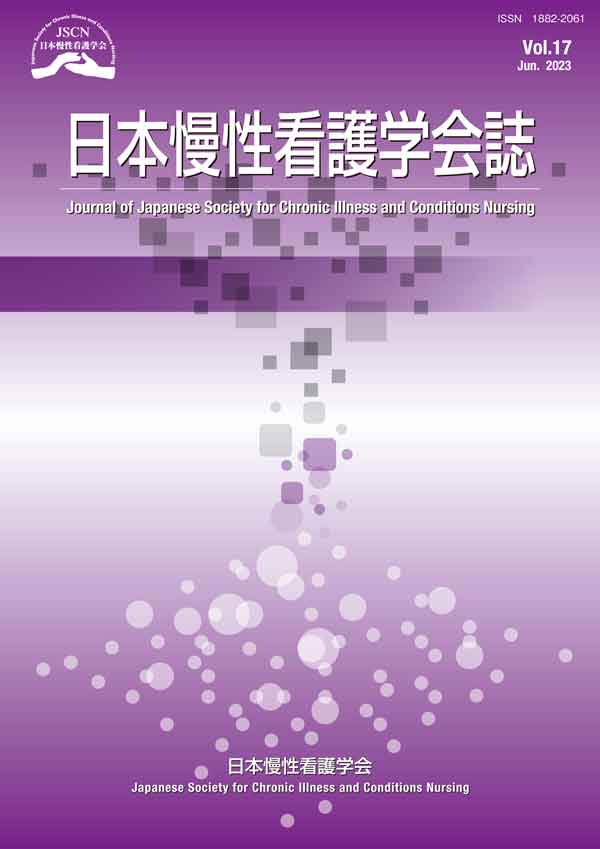Volume 17, Issue 1
Displaying 1-7 of 7 articles from this issue
- |<
- <
- 1
- >
- >|
-
2023Volume 17Issue 1 Pages 1_1-1_12
Published: December 25, 2023
Released on J-STAGE: December 25, 2023
Advance online publication: December 08, 2023Download PDF (1009K)
-
2023Volume 17Issue 1 Pages 1_13-1_21
Published: December 25, 2023
Released on J-STAGE: December 25, 2023
Advance online publication: June 13, 2023Download PDF (839K) -
2023Volume 17Issue 1 Pages 1_23-1_32
Published: December 25, 2023
Released on J-STAGE: December 25, 2023
Advance online publication: June 13, 2023Download PDF (872K) -
2023Volume 17Issue 1 Pages 1_33-1_41
Published: December 25, 2023
Released on J-STAGE: December 25, 2023
Advance online publication: June 23, 2023Download PDF (869K) -
2023Volume 17Issue 1 Pages 1_43-1_53
Published: December 25, 2023
Released on J-STAGE: December 25, 2023
Advance online publication: October 20, 2023Download PDF (871K) -
2023Volume 17Issue 1 Pages 1_55-1_63
Published: December 25, 2023
Released on J-STAGE: December 25, 2023
Advance online publication: October 25, 2023Download PDF (820K) -
2023Volume 17Issue 1 Pages 1_65-1_74
Published: December 25, 2023
Released on J-STAGE: December 25, 2023
Advance online publication: October 25, 2023Download PDF (837K)
- |<
- <
- 1
- >
- >|
